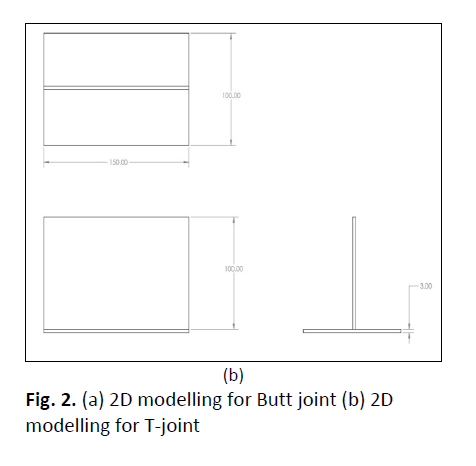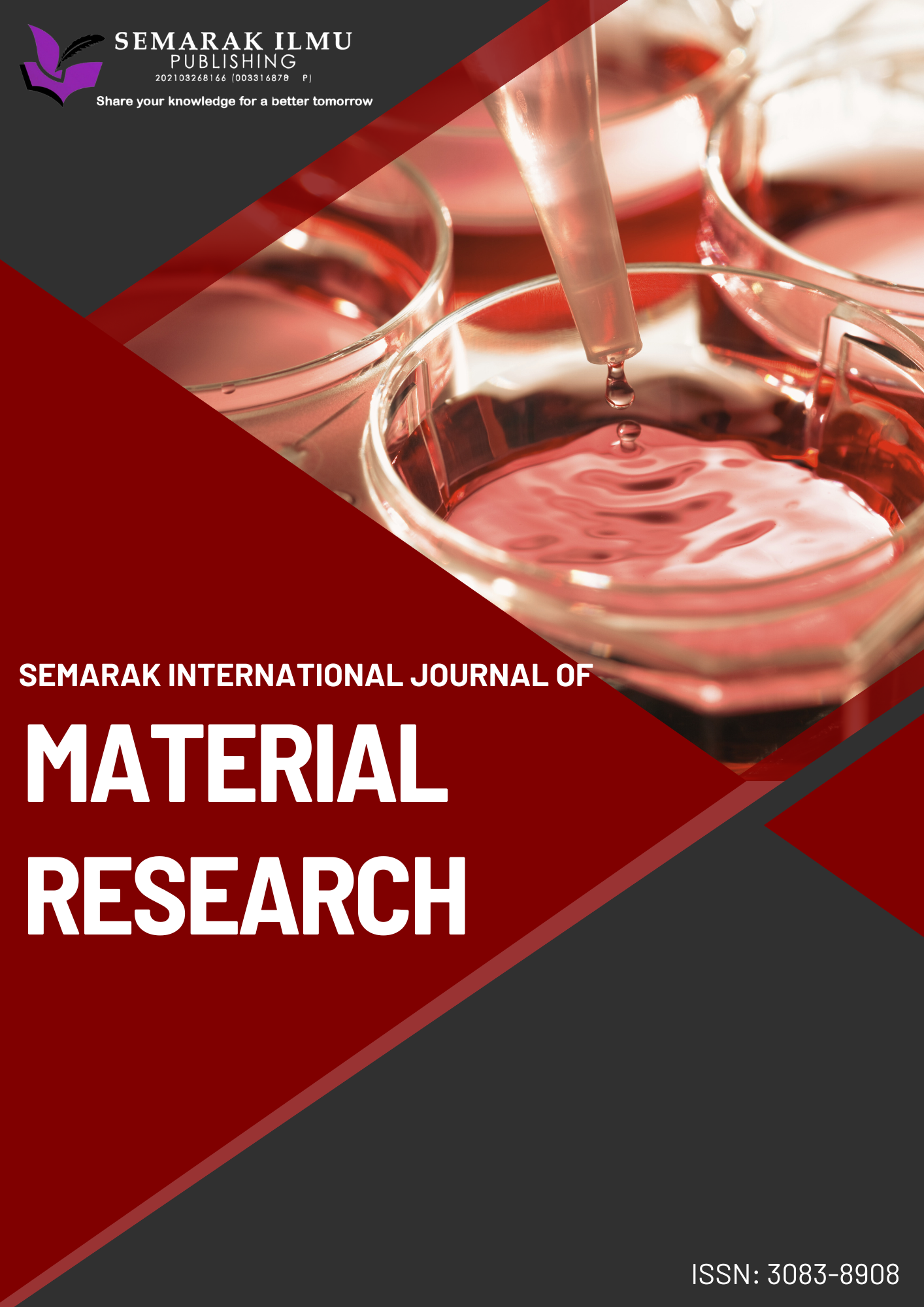Study on the Effected of Weld Joint Behaviour using Finite Element Analysis
DOI:
https://doi.org/10.37934/sijmr.3.1.3442Keywords:
MIG welding, TIG welding, AL 5052, SST 304, Finite element method, T-joint, Butt jointAbstract
Frame assembly in fabrication field contain hundreds of welds joint end. Most of all time, failure joint weld occurs at the end of frame structure especially at joint. Thus, welds joint has an impact on a structure's overall structural integrity. So, from a design perspective, modelling of welded joints is crucial. The main goal of this study is to create a weld model to evaluate the strength of welded connections based on stress analysis using the finite element method (FEM) and experimental validation. The stress distribution in welds joint depends on geometry, loading case and materials properties. Hence, it is very difficult to create a weld model that accurately forecast how stress distribution and weld stiffness will behave in joints. There are various FEM modelling techniques for welded structures. In this research, a finite element analysis was used to investigate the value of strength and residual stresses on the two joints with different materials by using method Tungsten Inert Gas (TIG) and Metal Inert Gas (MIG). The different values included several types of basic joint which are mostly in industrial manufacturing fabrication. Thus, it’s considered while the other parameters were kept constant (e.g., thickness, heat input, types of welding, root gap and root face). Therefore, the problem was modelled and examined using Finite Element Analysis by Solid works software, which has been shown to be a useful tool for examining trends impacted by changing welding parameters. Several type of joint will choose this research which are butt joint and T-joint. However, take 45 degrees as bevel angle as it had the smallest distortion and less required less volume of filler metal for butt joint. In contrast, it had the highest level of residual stresses, which may have been brought on by the fact that less of the deposited weld was exposed to the environment, slowing the rate at which the metal cooled during the weld. Expectantly, the successful result of this research will be great helping guidance for industrial fabrication manufacturing towards quality of welded.









